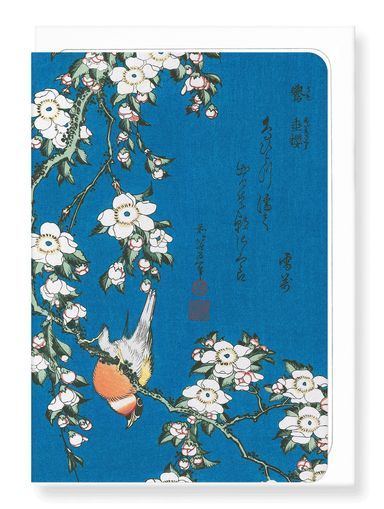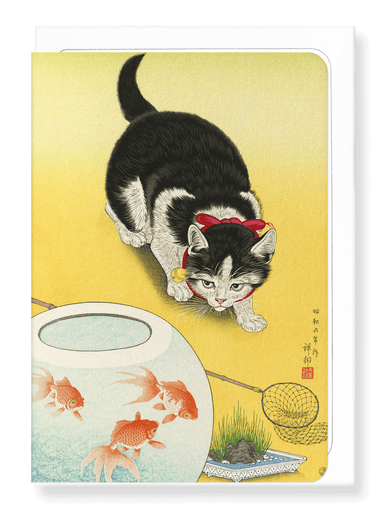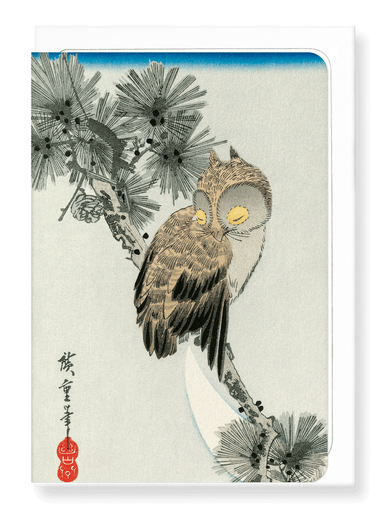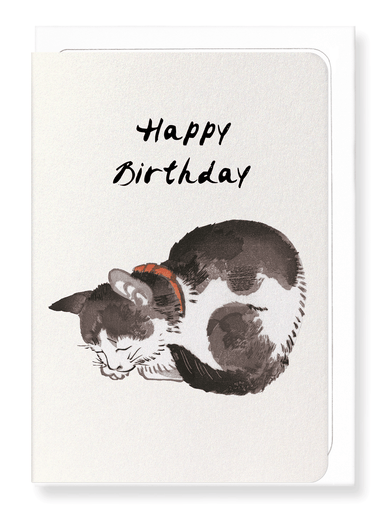Greeting card

PARTY EZEN FROG: Greeting Card
Login to view pricing
Text on the reverse side: A contemporary party adaptation of a Japanese woodblock print from 1814. The Japanese word for frog is “kaeru”, which ca...
View full details



































